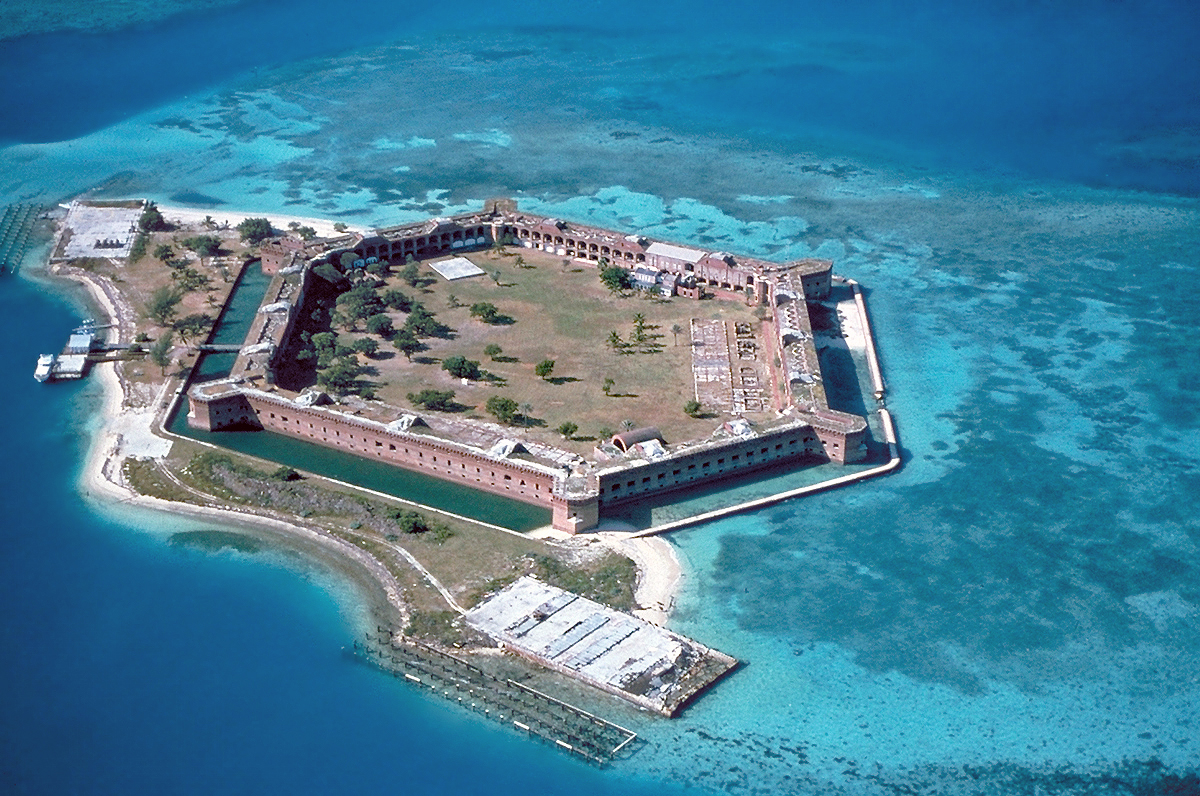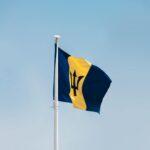Quick Bits:
Dry Tortugas National Park is a remote cluster of islands in the Gulf of Mexico. Famous for its blue waters, coral reefs, and historic Fort Jefferson, the park offers a rare escape from the modern world. Its isolation has preserved its beauty, drawing explorers, nature lovers, and history buffs.
The park spans over 100 square miles, most of which are open waters. It’s known for rich marine life and shipwrecks that tell stories of a time when pirates and traders sailed these paths. Visitors often speak of the serenity they find among the sea breezes, star-lit nights, and soft sandy shores.
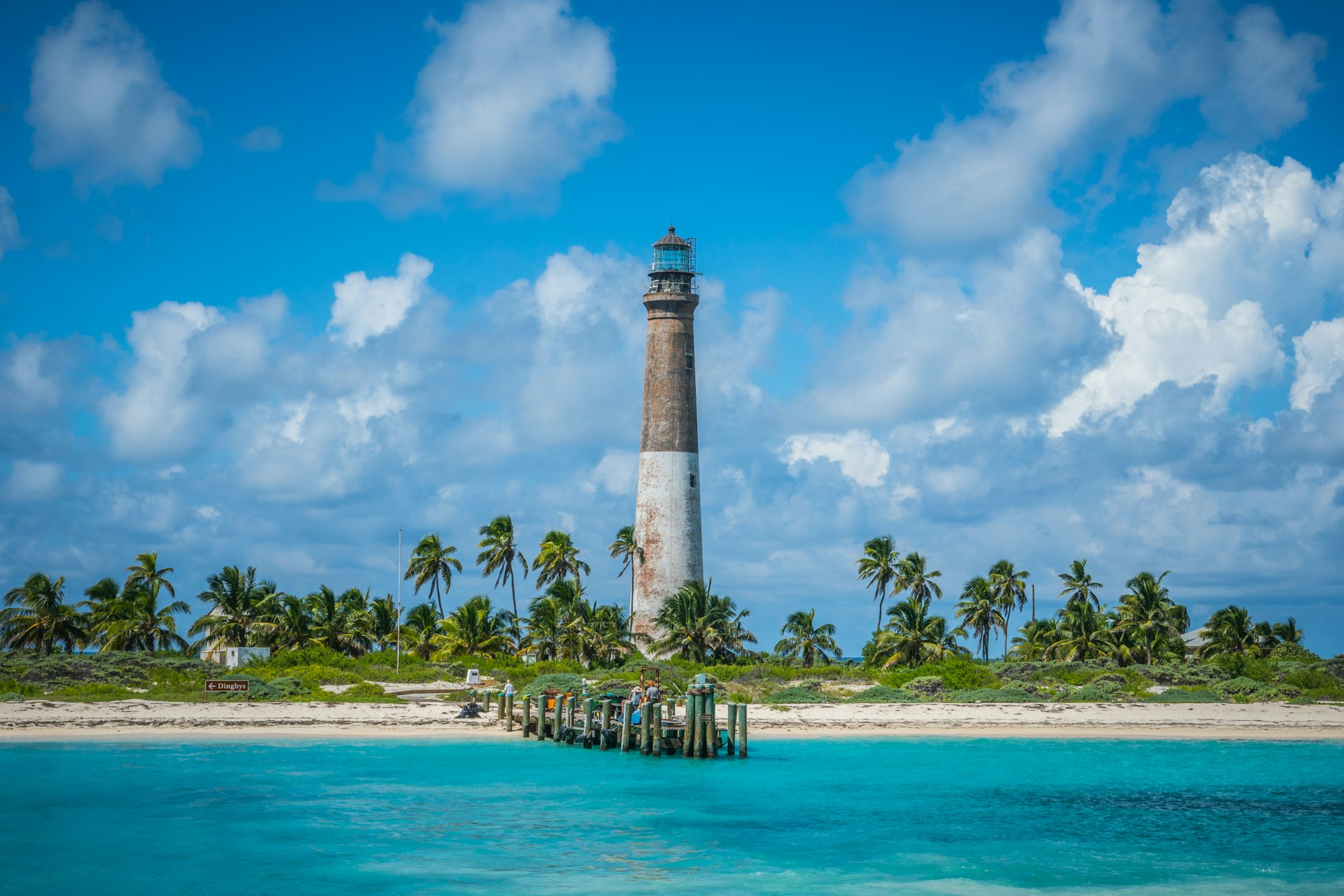
Image by: Bryan Goff – Via Unsplash
Key Highlights
- Fort Jefferson: Largest brick masonry structure in the Americas
-
Snorkeling: Coral reefs teeming with marine life
-
Seabird Sanctuary: Brown noddies, sooty terns, and more
-
Shipwreck Sites: Including the Avanti wreck
-
Remote Camping: No power, lights, or crowds
-
Crystal-clear Waters: Ideal for photography and swimming
-
Historic Significance: Tied to Civil War and 19th-century seafaring.
General Information
Dry Tortugas National Park was established in 1992 to protect marine ecosystems, coral reefs, and cultural landmarks. It includes seven small islands and a large part of the surrounding ocean. The main island, Garden Key, hosts Fort Jefferson and the park’s only campground.
There are no roads or bridges to the park. Visitors arrive via ferry, private boat, or seaplane from Key West. This remoteness preserves its untouched charm. There are no shops or accommodations on the islands, encouraging minimal impact tourism.
Fort Jefferson was built in the 1800s as a naval defense structure but never completed. Over time, it served as a prison and military outpost. Its walls and cannons now stand as reminders of a rugged era.
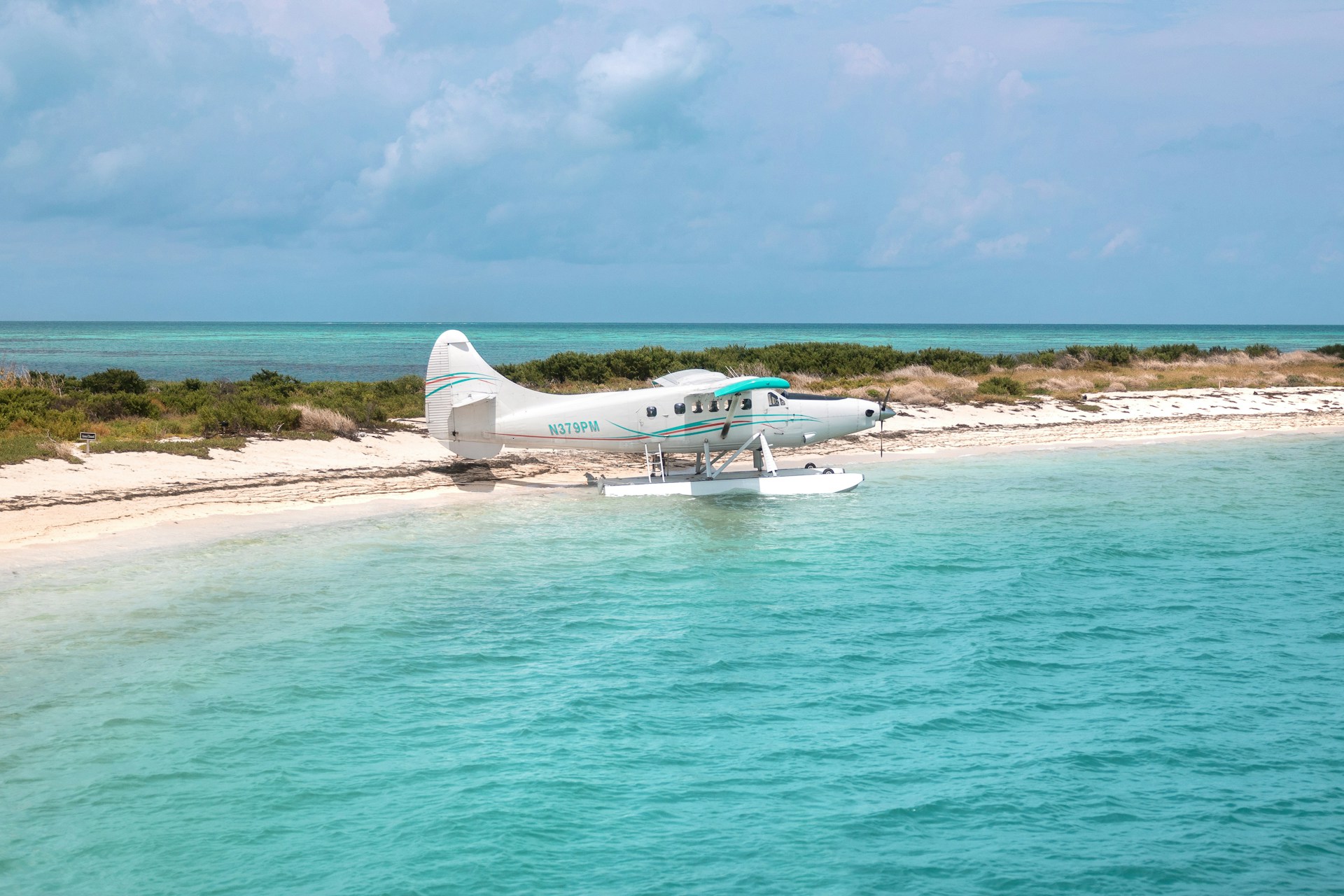
Image by: Nick Rickert – Via unsplash
Geography Information
Dry Tortugas lies in the Gulf of Mexico, at the farthest end of the Florida Keys. The park’s coordinates place it nearly 70 miles west of Key West. It sits on the edge of the Florida Reef, the third-largest barrier reef in the world.
The islands formed from coral and sand. Shifting tides continue to shape their size and structure. The surrounding waters are shallow with seagrass beds, patch reefs, and channels. These ecosystems support green turtles, nurse sharks, and tropical fish.
The land is flat with limited vegetation. Coconut palms, sea grapes, and grasses cover the islands. The climate is tropical with sunshine most of the year. Sea breezes and salt spray define the park’s environment.
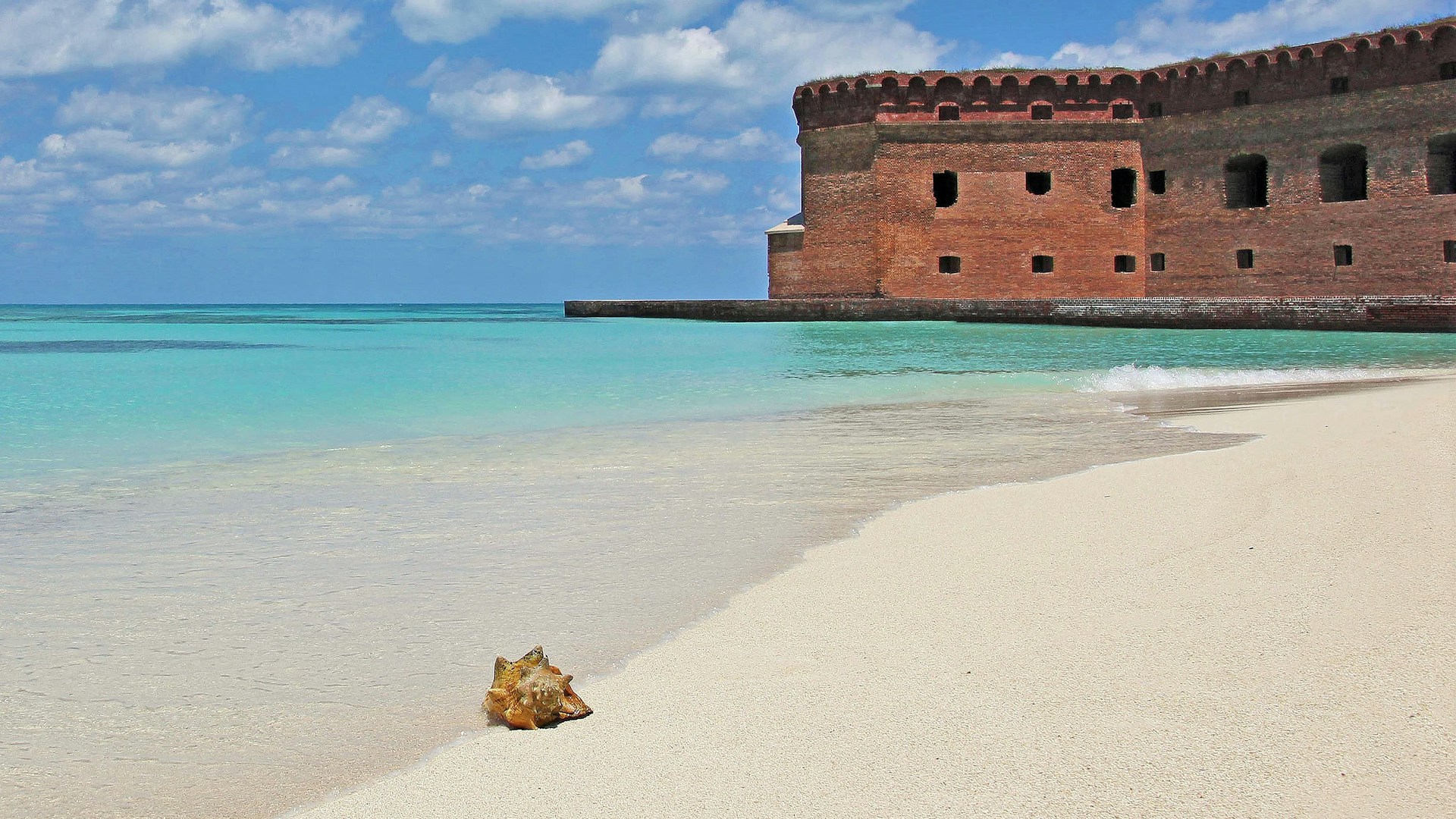
Image by: Christopher Osten – Via Unsplash
Places to Visit
-
Fort Jefferson
Massive and silent, Fort Jefferson dominates Garden Key. Walk its moat, climb the stairs for panoramic views, and explore rooms once used as barracks and cells. Guided tours help understand its strategic role and complex construction. -
Loggerhead Key
The park’s largest island features a lighthouse, coral beaches, and isolated swimming spots. Its reefs are pristine and attract snorkelers and marine biologists. -
Bush Key
A protected bird sanctuary open only seasonally. It becomes a nesting ground for thousands of sooty terns and brown noddies in spring and summer. -
Coral Reefs
Accessible from Garden Key and Loggerhead Key. Snorkelers enjoy views of brain coral, sea fans, and colorful fish. Snorkel gear is usually provided with ferry services. -
Seaplane Landing Strip
Arriving by seaplane gives a bird’s-eye view of turquoise waters and swirling sands. It’s an unforgettable entrance to the park.
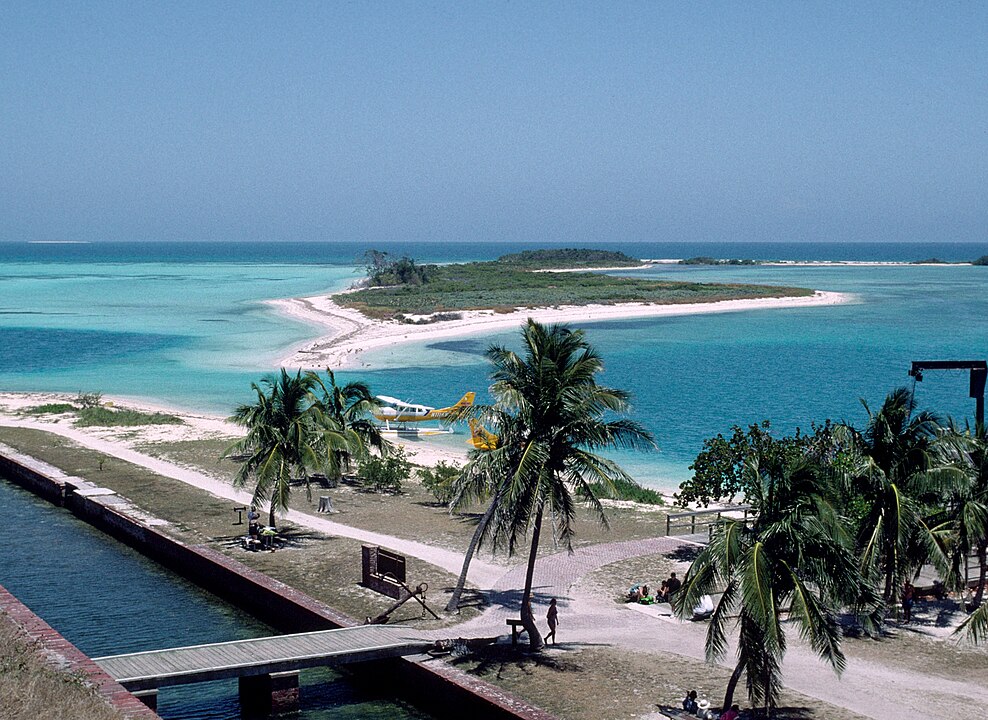
Image by: Dominic Sherony – Via Wikipedia
Yearly Climate
Dry Tortugas has a tropical marine climate. Warm temperatures last all year, tempered by sea breezes. Here’s a breakdown by seasons:
-
Winter (Dec–Feb): Temperatures range from 65–75°F. Low humidity and calm seas attract many visitors.
-
Spring (Mar–May): Slightly warmer with clear skies. Sooty terns begin nesting on Bush Key.
-
Summer (Jun–Aug): Highs reach 90°F. Afternoon storms and choppy waters are common. Humidity peaks.
-
Fall (Sep–Nov): Hurricane season winds down. Rain chances decrease. Conditions begin to cool.
Water temperatures range from 70°F in winter to 87°F in summer, making it ideal for swimming most of the year.
Best Time of Year to Visit
Late fall through early spring offers the best experience. Between November and April, the weather stays mild and dry. Ferries run smoother, and visibility for snorkeling is high. Wildlife is active, and nesting birds return.
Summer brings more sea life and fewer crowds. It also means more heat, stronger sun, and risk of storms. If planning a summer trip, pack sun protection and check weather alerts.
Winter weekends tend to be busy. To avoid crowds, plan for weekdays or shoulder months like late October or early May.
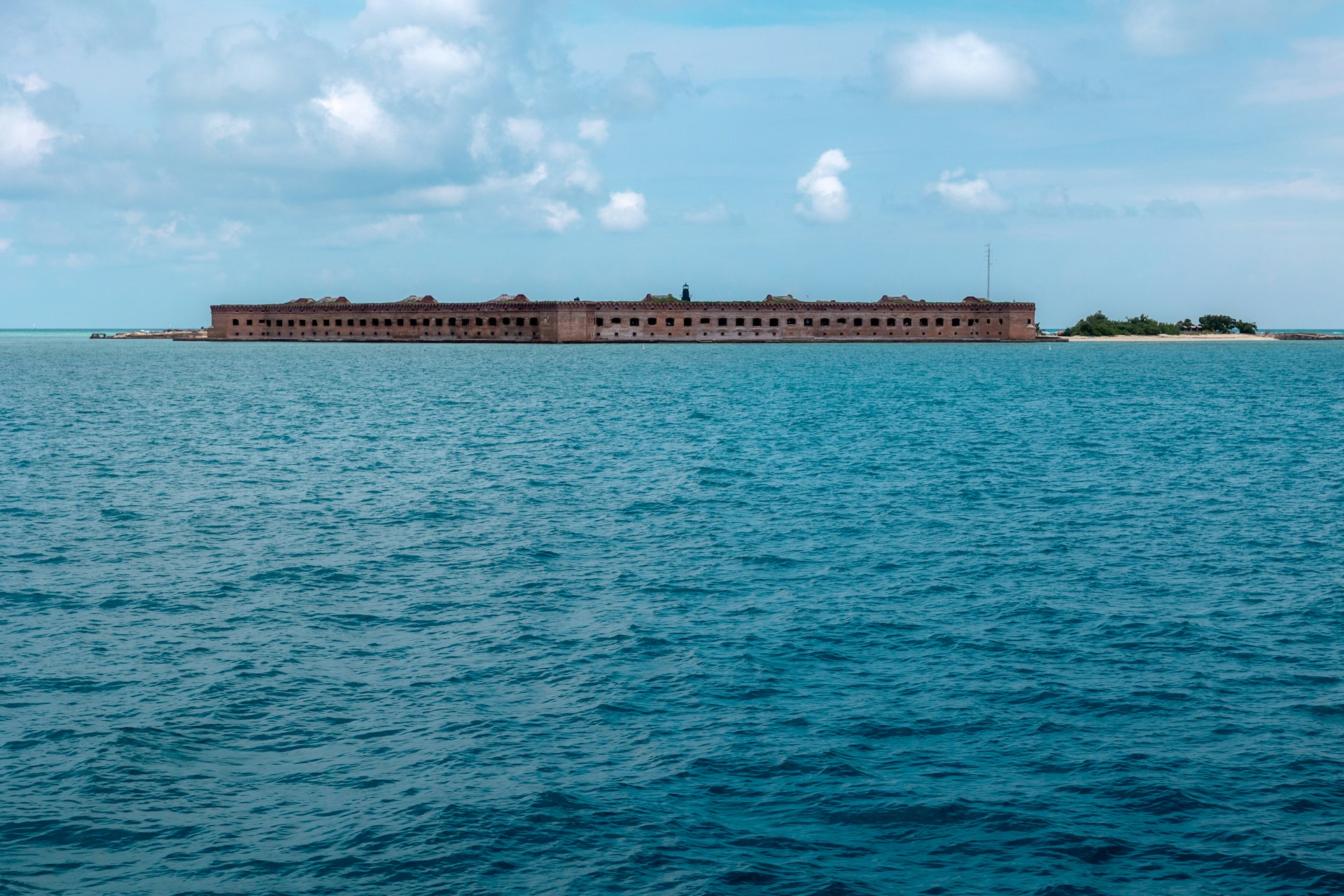
Image by: Nick Rickert – Via Unsplash
In Summary…
Dry Tortugas National Park invites visitors to step back in time and into nature. With no roads, crowds, or noise, it promises a different kind of adventure. Fort Jefferson speaks to history. The reefs reveal the ocean’s secrets. Birds, stars, and waves create a rhythm that slows the soul.
It is a place of quiet discovery. Sailors once feared its shallows. Today, explorers come for its wonders. Whether you camp on Garden Key, swim with angelfish, or trace cannonballs in brick walls, Dry Tortugas leaves an imprint.
Every visit is shaped by the wind, the tides, and the stories carried across the sea.

